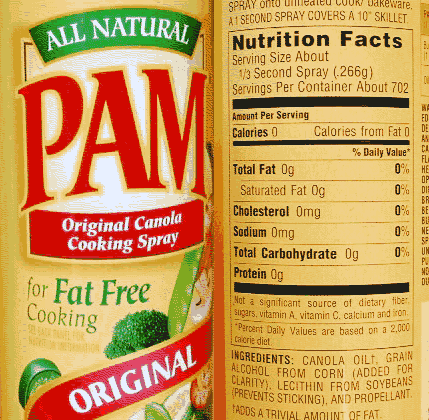 aspect of fitness. However, it is and should be an important part of every workout routine. Not only does it get your heart pumping and increase the amount of calories your burn, but it also has other very important physiological implications.
aspect of fitness. However, it is and should be an important part of every workout routine. Not only does it get your heart pumping and increase the amount of calories your burn, but it also has other very important physiological implications.With regular moderate to high intensity cardiovascular exercise the body becomes more adapted and conditioned to physical stressors.
The heart will increase in size and strength, which will enable it to push out more oxygenated blood to parts of the body. Blood volume and lung volume will increase, and the body will become more efficient in using oxygen.
Due to the body's positive physiological changes and increased cardiovascular efficiency, resting heart rate will decrease and so will blood pressure, if it were initially high.
The benefits of cardiovascular exercise are not only limited to positive changes in the cardiorespiratory system, they also have many positive effects on other body systems including the musculoskeletal system.
With all of its benefits in mind, be sure to make cardio a staple in your workout routine.
References
Heyward, V. (2006) Advanced Fitness Assessment and Exercise Prescriptio: Fifth Edition. Champaign, IL: Human Kinetics.




 (Pushdowns)
(Pushdowns)









